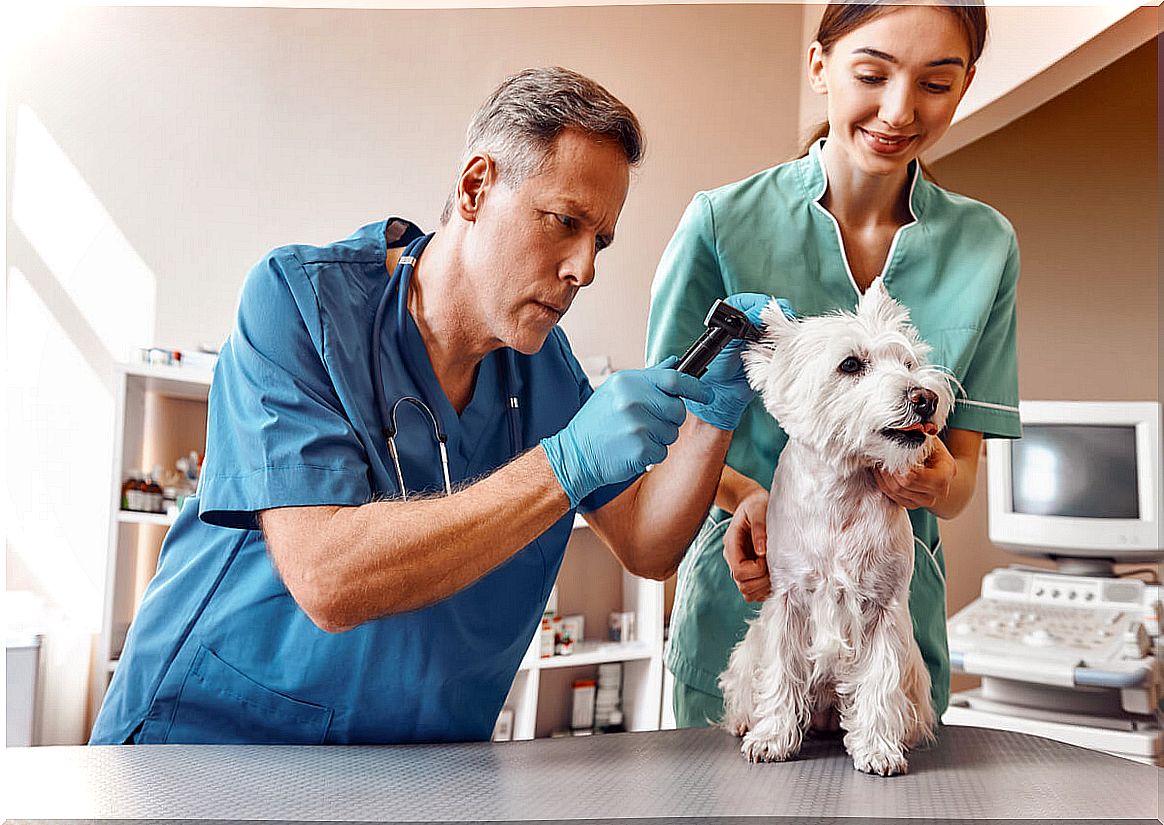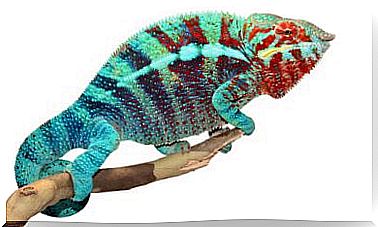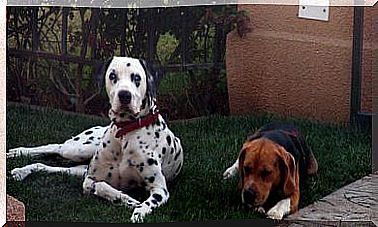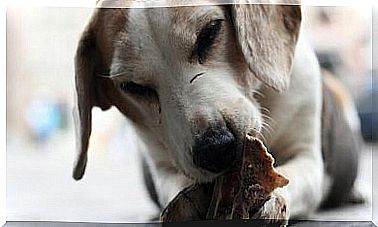What Was The Origin Of Pet Veterinary Medicine?

Upon entering the veterinary career as a student, it is obvious that our object of study will be animals. For this reason, it will come as a surprise to many to find out that this was not always the case. The professional practice of pet veterinary medicine – as we know it today – did not have its true origin until very recently.
Therefore, to understand the current veterinary profession, one must know the roles that society has been granting over time. Next, we take a journey through the history of veterinary medicine and its origins.
The origin of pet veterinary medicine
The relationship between animals and man has an ancestral origin that Darwin already presented in his theory on the evolution of species. Human beings have managed to dominate many animals and use them to their advantage, which has had and sometimes has dire consequences such as the loss of biodiversity.
Still, there is another form of dominance that we tend to ignore: domestication. This phenomenon aims to take advantage of the qualities of some animals, sometimes as a source of food – such as animals for food – and others to accompany us and improve our quality of life. This is the case with pets.
Animal health in ancient times
The history of veterinary medicine goes back to the very origins of civilization. Despite this, it is in ancient Egypt where the first references to the practice of this profession are found.
The “Lahun veterinary papyrus” —1800 BC — testifies to the presence of veterinary medicine already at that time. These writings described livestock diseases and their treatment, as well as pathologies of companion animals, such as dogs and cats.

In the Mesopotamian cultures of Babylon, references to veterinary practice are also found in the Code of Hammurabi. As in India, abundant bibliography of the time on this medicine has been documented, and in addition, a certain degree of specialization among the different professionals was already appreciated.
Ancient Greece echoed Buddhism and began to give greater importance to animals. Thanks to this, historical figures such as Aristotle carried out important zoological investigations.
The veterinary profession was not always well regarded
The Roman Empire placed a relative value on “animal doctors.” Its citizens considered any manual work humiliating, even more so if it involved beasts. However, the Romans were accompanied in their battles by fighting dogs and these needed individual care.
Because of this, advocates of animal medicine emerged. Flavius Vegetius Renatus – or simply Vegecio – is considered one of the fathers of the veterinary profession. He struggled to prioritize this medicine and his works have been an example for the subsequent founders of veterinary schools.
Animal health in the Middle Ages
Thus we come to the Renaissance and the time of the knights. Of this time interval stands out the surgeon and bishop Teodorico dei Borgognoni, who wrote some works on equine surgery, or the veterinarian Laurentius Rusius, who wrote the veterinary work considered the most important of the fourteenth century: Marescalcia.
Despite all these achievements, no obvious progress was yet in sight in animal medicine. Stable managers were simply viewed as conditional bearers of the veterinary profession.
Animal health in the Modern Age: the true origin of pet veterinary medicine
It was not until this period that the true impetus of the veterinary profession took place. It happened in Spain, when the then King created mandatory tests for doctors, surgeons, pharmacists and veterinarians.
These exams granted permission to practice the profession and have remained in force, with some modifications, until the 19th century. With them, the publication of works such as the “Albeitería Book” by Francisco de la Reyna was promoted.
Even so, it is true that it took until the seventeenth century for the first Veterinary Schools to be created. At this time, large animal epidemics appeared in Europe that threatened to decimate livestock populations, so the action of these professionals was more than necessary.
The first success in founding and establishing a Veterinary School belongs to Claude Bourgelat, in Lyon. His goal was to instruct veterinarians for all animal species.
That was the beginning of the small animal clinic and surgery. From there, this discipline continued to evolve over time thanks to phenomena such as these:
- The growth of cities.
- The closest contact with dogs and cats.
- The creation of new canine breeds.
- Control of diseases such as rabies.
Pet Veterinary Medicine Today
Between the last half of the 19th century and the beginning of the 20th, the main clientele of veterinarians was made up of the following population groups:
- The armed forces.
- Transport companies.
- Some cattle breeders
The small animal clinic was reduced to the pets of some families of the oligarchy. In this sense, the countries with the greatest development of pet veterinary medicine were those with a middle and upper class.

Since then, this discipline has evolved in an amazing way. Today there are veterinarians specialized in caring for pets and treating each of their special needs, such as nutrition, physical exercise or psychological well-being, something that previously only seemed possible for humans.









